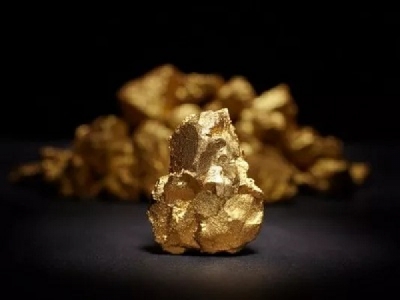
Posted on July 1, 2018
By Samuel Metz, Desert Sun
Even though the Gold Rush is long gone, the fight over the valuable mineral rages on in California. For over a decade, gold miners have been battling with the state government and conservationists in the Sierra Nevada Mountains concerned that modern-day mining practices damage the environment and should be scrutinized and regulated.
Suction dredge mining, a practice in which individuals use vacuum-like devices to extract minerals from the bottom of waterways, has been restricted by a series of new laws passed in the California State Legislature. Earlier this year, miners’ rights groups were optimistic that a bill authored by Sen. Jeff Stone, R-Temecula, would narrow the scope of the restrictions and allow them to apply for permits to return to rivers and streams with their suction dredge equipment once again.
The bill stalled before it reached a vote on the Senate floor, and now both its supporters and opponents are regrouping as the State Water Board prepares to introduce a permitting structure that could authorize suction dredging in California.
Nearly two centuries after 300,000 people rushed to California to search for gold, miners continue to make a living by selling the mineral, which goes for over $1,200 an ounce. Prospectors own about 40,000 federal claims to the minerals below public lands in California, a vestige of a gold-rush era policy that let people purchase property rights to the mineral deposits below ground.
Miners’ groups like the California-based American Miners’ Rights Association and the Western Mining Alliance, along with the Rural County Representatives of California, say California legislators have infringed upon their rights to mine for gold — a practice as old as the state itself. Environmentalist groups like the Sierra Fund and the Center for Biological Diversity say suction dredging contaminates California rivers and endangers plant and animal life living in them.
Both the state legislature and the courts have weighed in the potential environmental hazards of suction dredging. Since 2005, the State Senate and Assembly have passed eight bills amending the laws governing the practice — the Water Code and the Fish and Game Code, and the groups both in favor and against the practice have sued the state over the two codes nine times.
Suction dredge miners use a device that dredges, or breaks up, anywhere between several inches to several feet of the riverbed, then vacuum the loosened minerals into a “sluice box,” where valuable gold flakes and nuggets are sifted from unearthed bedrock.
Although the practice is more common in Northern California, the Santa Ana River, which runs through parts of Southern California including Riverside and San Bernardino County, is a hotspot for miners as well.
Dredged gold is often mixed together, or amalgamated, with liquid mercury. To isolate the gold, the miners typically heat the compound until the mercury vaporizes, leaving behind pure gold.
Source: Desert Sun





